The name tofu comes from Japan and contains the words "to" /soybean/ and "fu" /cheese/. Although once they could only be found in Asian stores, this snack has an amazing ability to absorb the fragrance and flavor of surrounding ingredients. This makes it a highly nutritious and comprehensive part of our healthy diet.
Tofu can be found in stores all year round.
Tofu is a highly nutritious, high- protein food made from curdled soy milk. It is often referred to as "Asian cheese", because of its similarity to ordinary white cheese. Creamy yellow in color, it is usually sold packaged in a rectangular shape. Tofu is an essential ingredient in the cuisines of many Asian countries, used to prepare a variety of dishes - from salads, to desserts.
You will recognize soybeans, which are straight and tofu goes under the name max Glycine.
Tofu is created in China about 2000 years ago. No clear details of its creation exist, but according to local legend, it was invented by a Chinese cook who accidentally put nigari algae in soy milk, thus the milk is curdled, and the result was tofu.
Tofu was introduced into Japan in the 8th century, when it was called "okabe" and only later, in the 15th century, received its present name "tofu". In Europe it became known, with research and studies on nutrition, which began to interest people. Most of its popularity was gained in the '60s, when significant benefits of this nutrient-rich plant food were found.

Composition of Tofu
Tofu contains all 8 of the number of amino acids that the human body does not produce but must acquire from food. It is rich in magnesium, potassium, phosphorus, sodium and vitamins of the B group. After eggs, it has the most content, acting restoratively on the nervous system.
100 grams of tofu contains 4.2 g fat, 7 g protein, 0.1 g fiber and 2.4 g carbohydrate. Proteins in this cheese plant make it very suitable food for vegetarians.
Types of tofu
Tofu is prepared using soy milk and clotting by filtration or heating. This is done using a special coagulant for clotting, then tofu is pressed and placed in containers filled with water. There are many varieties of tofu, but two are most common - hard and soft tofu.
Firm tofu, also called moment petty, cuts very easily and blends beautifully with most products containing more protein than and texture like mozzarella.
Soft tofu /kinugosi/ - texture like pudding, appropriate for making soups, desserts and sauces.
Selection and storage of tofu
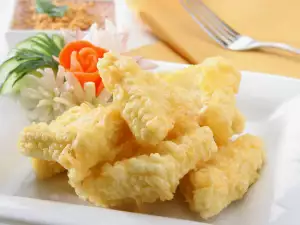
Tofu gains popularity due to already being found in many stores. Much of tofu is pasteurized even in factories, which means it does not need refrigeration and can be stored in an airtight container. Its water should be changed every day, so it can last up to one week.
Tofu can be frozen in its original packaging. Freezer will keep it for about 5 months. Once thawed, the texture changes - becoming more porous and solid.
Tofu in cooking
Once the package is opened, the water must be removed and the cheese is washed with cold water and dried gently with a paper towel. Tofu has a bright color and melts on the tongue, leaving almost no scent. In Chinese cuisine, tofu is used in making soups and dishes in a wok, combining well with vegetables, fish and meat.
One of the most popular dishes is Tofu Ma doufu coming from Sichuan. A very spicy dish, which also contains minced beef, chilli and Sichuan peppers.
Tofu with vegetables in wok, is added at the end, to retain its structure and flavor. Tofu works for many desserts. Most often, it is soaked with fruit sauces, but not so as to break off and become a farce of pies and cakes.

Tofu is a versatile product - you can boil, bake, fry and steam it. Tofu has a neutral flavor, so during cooking, you should put more seasoning or sauce on it.
Pieces of tofu can be eaten directly, seasoned with various spices or marinated with a mixture of tomato sauce, olive oil, basil, garlic mash and pepper.
Benefits of tofu
- There are cardiovascular benefits present, due to soy protein. Studies made in recent years on the properties of soy proteins showed that regular intake may reduce the overall levels of cholesterol by 30%, reduce levels of bad cholesterol by 35-40% and possibly even raise levels of good cholesterol.
- Take soy foods for light passing through the stages of menopause. Soy is useful in relieving symptoms accompanying menopause. This is due to the presence in soy of phytoestrogens and isoflavones, especially genistein and diadzein. In addition, most types of tofu are fortified with calcium, which prevents bone problems, faced by most women during menopause.
- It is rich in minerals and has antioxidant activity. Tofu is a good source of iron, providing 33.8% of our daily value for this important mineral, in only about 120 g tofu. The same amount gives us 11.0% of our daily need for copper.
- Ptovides cardiovascular protection because of its content of omega-3 fats. With 120 grams of tofu, we provide 14.4% of our daily intake of omega-3 fats. They help us avoid uneven heartbeats, preventing us from clotting in the arteries and improving the ratio of good cholesterol and bad.
- Contains Selenium - trace minerals with antioxidant, anticancer and anti-inflammatory action. With 120 g tofu, we provide 14.4% of our daily selenium. It is necessary for the proper functioning of our antioxidant system, to reduce the levels of harmful free radicals in the body.
Although allergic reactions can occur in almost any type of food, it is known that certain foods are associated with more allergies than others. About 90% of food allergies are associated with 8 food types: tree nuts, fish, shellfish, cow's milk, hen eggs, soy products (like tofu), peanut and wheat.

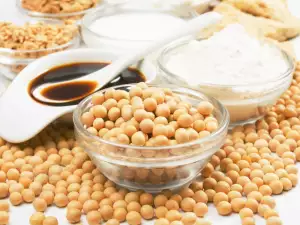


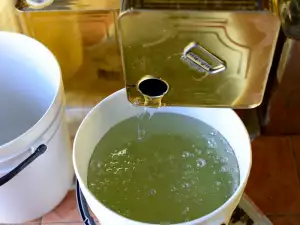
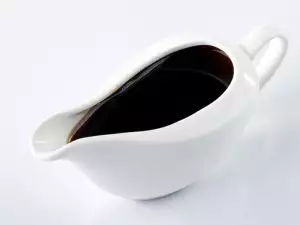


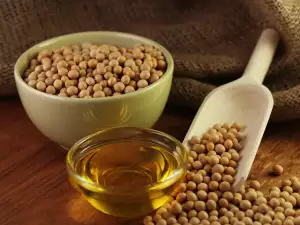


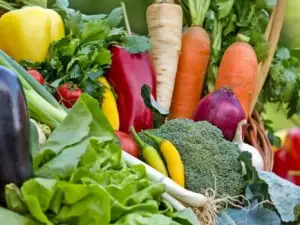
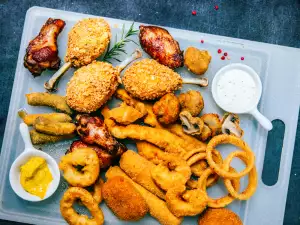




Comments